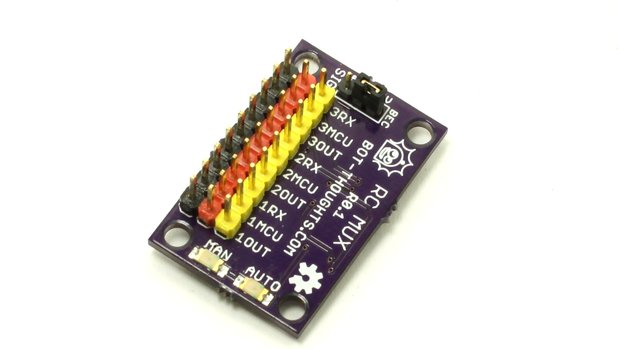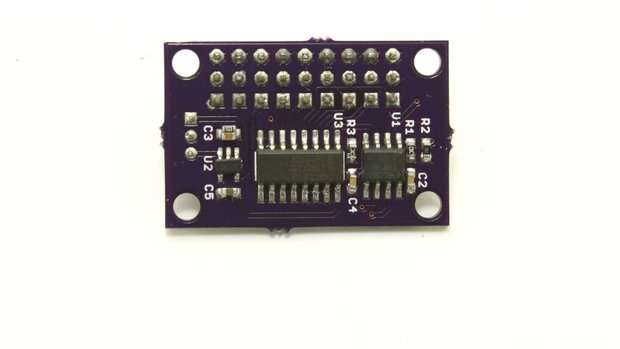In Peru, home to the spectacular Inca city of Machu Picchu and thousands of ancient ruins, archaeologists are turning to drones to speed up sluggish survey work and protect sites from squatters, builders and miners.
Remote-controlled aircraft were developed for military purposes and the US is increasingly using them to attack alleged terrorists, but the technology's falling price means it is increasingly used for civilian and commercial projects around the world.
Small drones have been helping a growing number of researchers produce three-dimensional models of Peruvian sites instead of the usual flat maps – and in days and weeks instead of months and years.
Speed is important to archaeologists here. Peru's economy has grown at an average of 6.5% a year over the past decade, and development pressures have surpassed looting as the main threat to the country's cultural treasures, according to the government.
Researchers are still picking up the pieces after a pyramid near Lima, believed to have been built 5,000 years ago by a fire-revering coastal society, was razed in July by construction firms. The same month, residents of a town near the pre-Incan ruins of Yanamarca reported that miners digging for quartz were damaging the three-storey stone structures.
And squatters and farmers repeatedly try to seize land near important sites such as Chan Chan on the northern coast, thought to be the biggest adobe city in the world.
Archaeologists say drones can help set boundaries to protect sites, monitor threats and create a digital repository of ruins that can help build awareness and aid in the reconstruction of any damage.
"We see them as a vital tool for conservation," said Ana Maria Hoyle, an archaeologist with the culture ministry.
Hoyle said the government planned to buy several drones and the technology will help the ministry comply with a new business-friendly law that has tightened the deadline for determining whether land slated for development might contain cultural artefacts.
Commercial drones made by the Swiss company senseFly and the US firms Aurora Flight Sciences and Helicopter World have all flown over Peru.
Drones are already saving archaeologists time in mapping sites – a crucial but often slow first step before major excavation work can begin. Mapping typically involves tedious ground-level observations with theodolites or pen and paper.
"With this technology, I was able to do in a few days what had taken me years to do," said Luis Jaime Castillo, a Peruvian archaeologist with Lima's Catholic University and an incoming deputy culture minister who plans to use drones to help safeguard Peru's archaeological heritage.
Castillo started using a drone two years ago to explore the San José de Moro site, an ancient burial ground encompassing 150 hectares (0.58 sq miles) in north-western Peru, where the discovery of several tombs of priestesses suggests that women ruled the coastal Moche civilisation.
"We have always wanted to have a bird's-eye view of where we are working," said Castillo.
In the past, researchers have rented small planes and strapped cameras to kites and helium-filled balloons, but those methods can be expensive and clumsy. Now they can build drones small enough to hold with two hands for as little as £650.
"It's like having a scalpel instead of a club. You can control it to a very fine degree," said Jeffrey Quilter, an archaeologist with Harvard University who has worked at San José de Moro and other sites in Peru. "You can go up three metres and photograph a room, 300 metres and photograph a site, or you can go up 3,000 metres and photograph the entire valley."
Drones have flown over at least six archaeological sites in Peru in the past year, including the colonial Andean town Machu Llacta 4,000 metres (13,123 feet) above sea level.
Peru is well known for the stunning ruins of the 15th-century Machu Picchu, probably a getaway for Incan royalty that the Spanish were unaware of during their conquest, and the Nazca Lines in southern Peru, which are best seen from above and were mysteriously etched into the desert more than 1,500 years ago.
But archaeologists are just as excited about other chapters of Peru's pre-Hispanic past, such as coastal societies that used irrigation in arid valleys, the Wari empire that conquered the Andes long before the Incas, and ancient farmers who appear to have been domesticating crops as early as 10,000 years ago.
With an archaeology budget of about £3m, the culture ministry often struggles to protect Peru's more than 13,000 sites. Only around 2,500 have been properly marked off, according to the ministry.
"And when a site is not properly demarcated, it is illegally occupied, destroyed, wiped from the map," said Blanca Alva, an official with the ministry charged with oversight.
Steve Wernke, an archaeologist with Vanderbilt University exploring the shift from Incan to Spanish rule in the Andes, started looking into drones more than two years ago.
He tried out a drone package from a US company that cost about $40,000 (£26,000). But after the small plane had problems flying in the thin air of the Andes, Wernke and his colleague, engineer Julie Adams, teamed up and built two drones for less than $2,000.
The drones continue to have altitude problems in the Andes, and Wernke and Adams now plan to make a drone blimp.
"There is an enormous democratisation of the technology happening now," Wernke said, adding that do-it-yourself websites such as DIYdrones.com have helped enthusiasts share information.
"The software that these things are run on is all open-source. None of it is locked behind company patents," he said.
There are some drawbacks to using drones in archaeology. Batteries are big and short-lived, it can take time to learn to work with the sophisticated software and most drones struggle to fly in higher altitudes.
In the US, broader use of drones has raised privacy and safety concerns that have delayed regulatory approval. Several states have drafted legislation to restrict their use, and one town has even considered offering rewards to anyone who shoots a drone down.
But in Peru, archaeologists say that it is only a matter of time before drones replace decades-old tools still used in their field, and that the technology can and should be used for less destructive uses.
"So much of the technology we use every day comes from warfare," said Hoyle. "It is natural this is happening."




